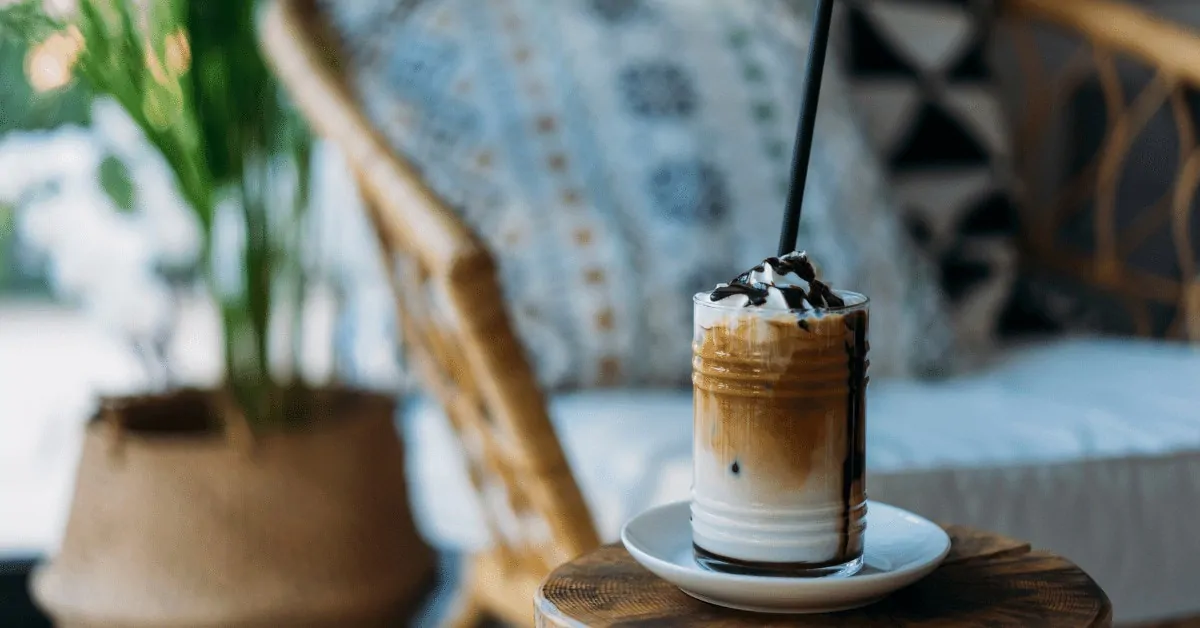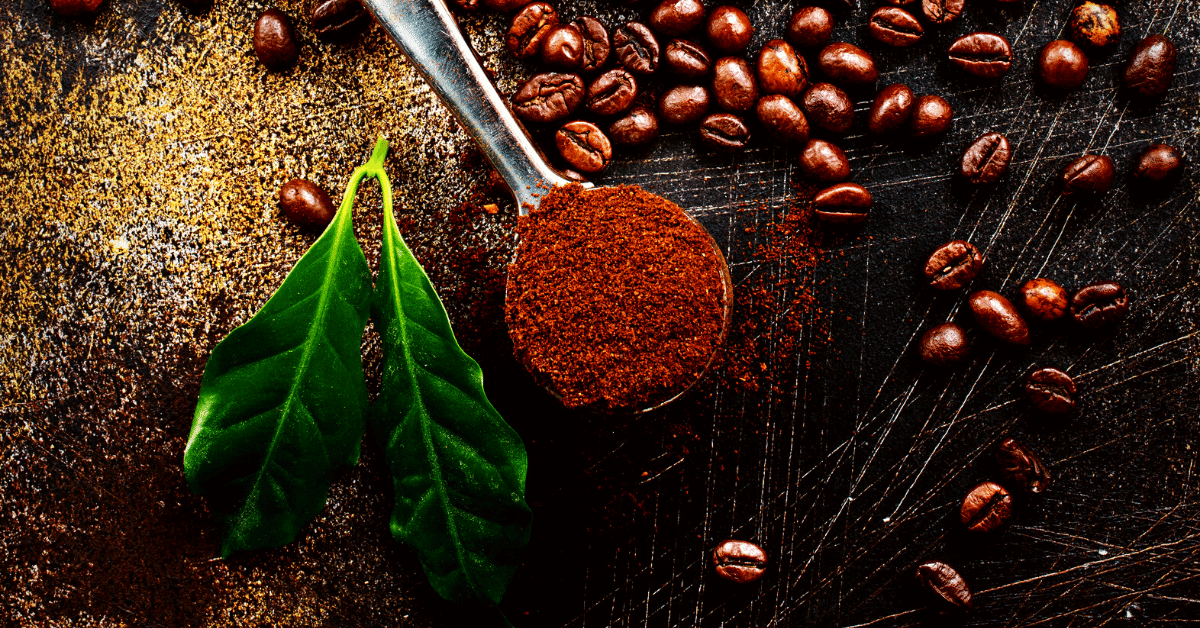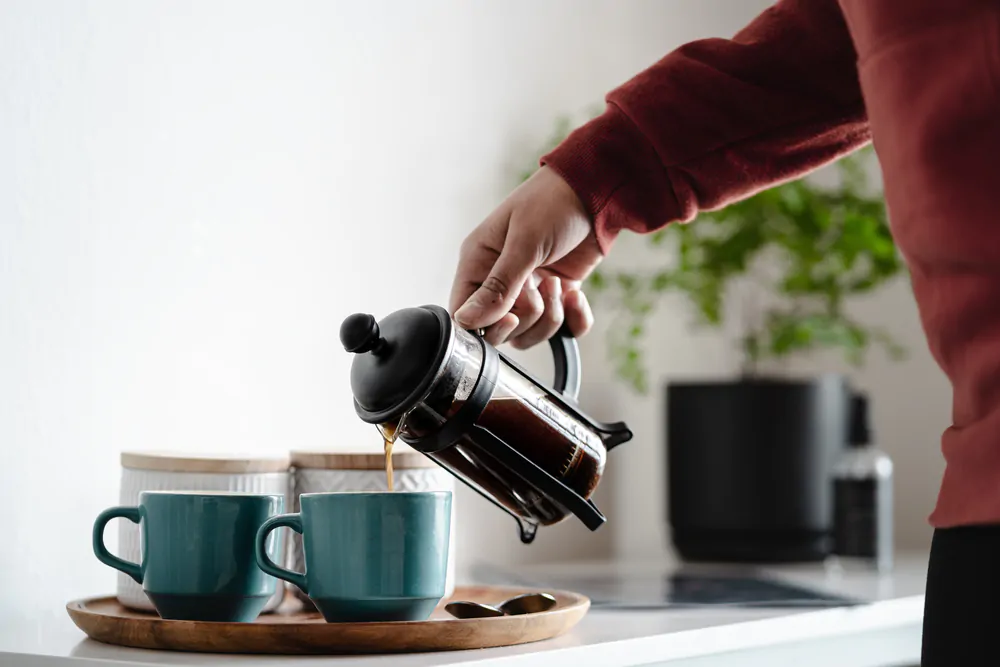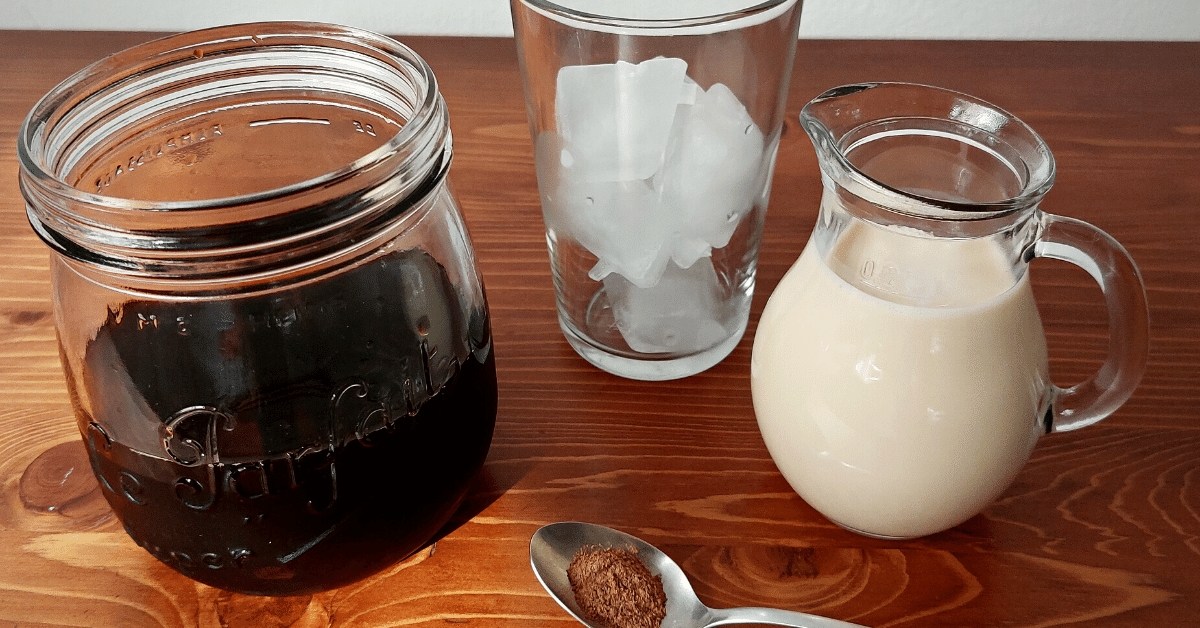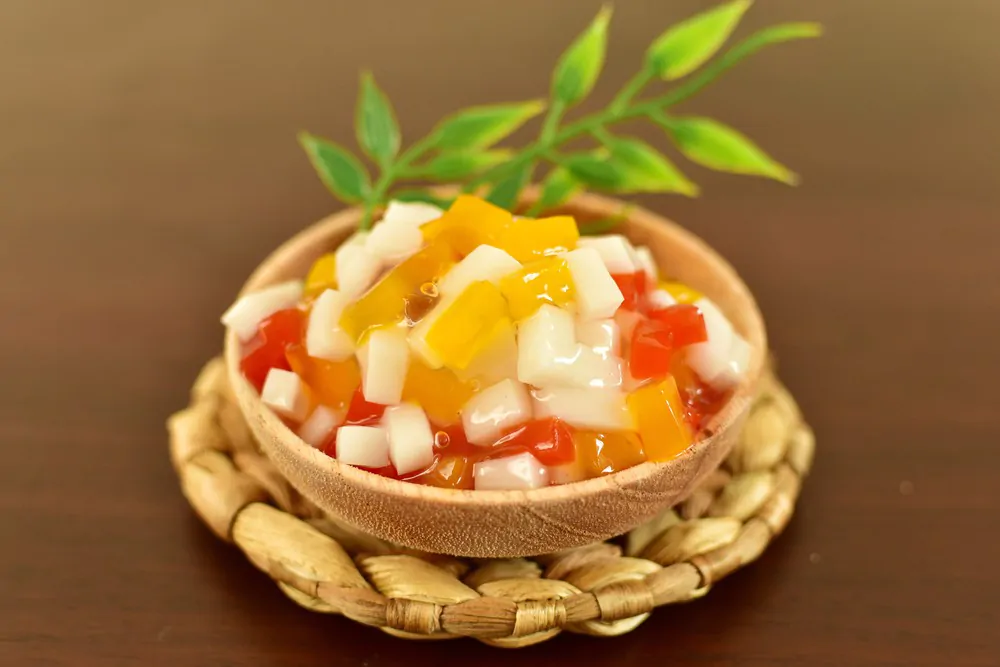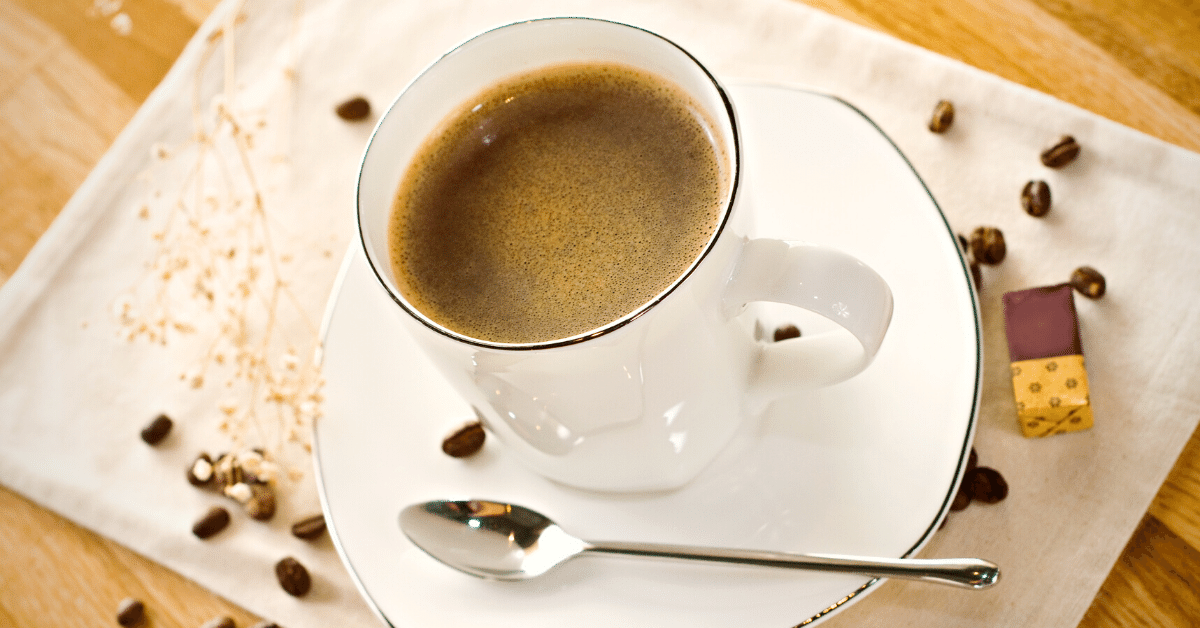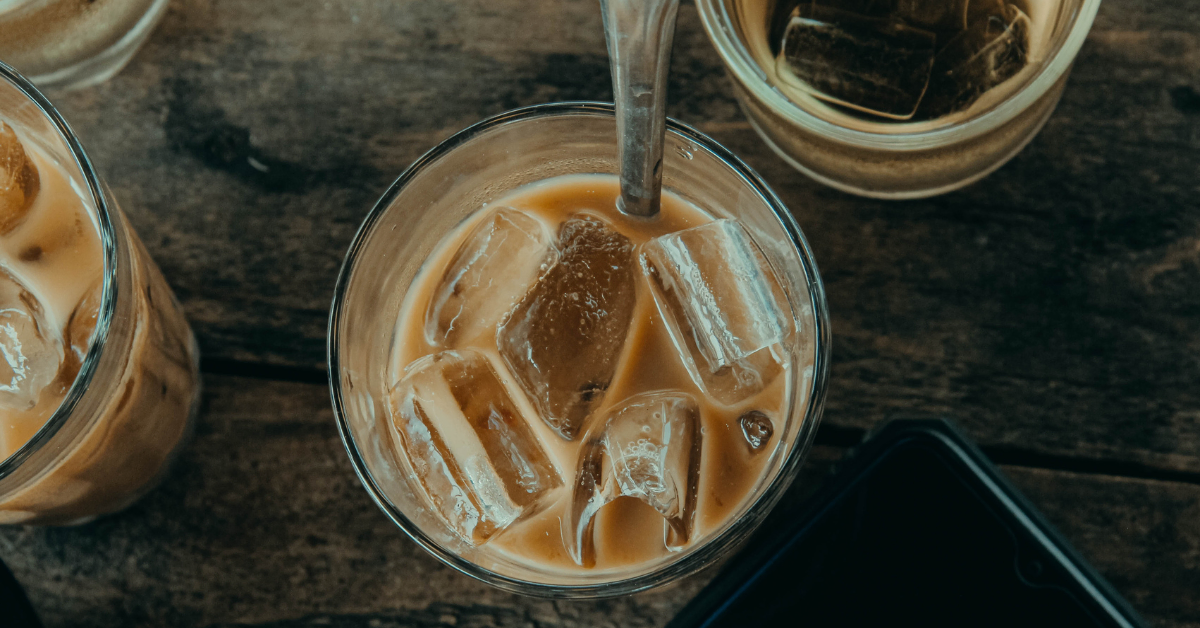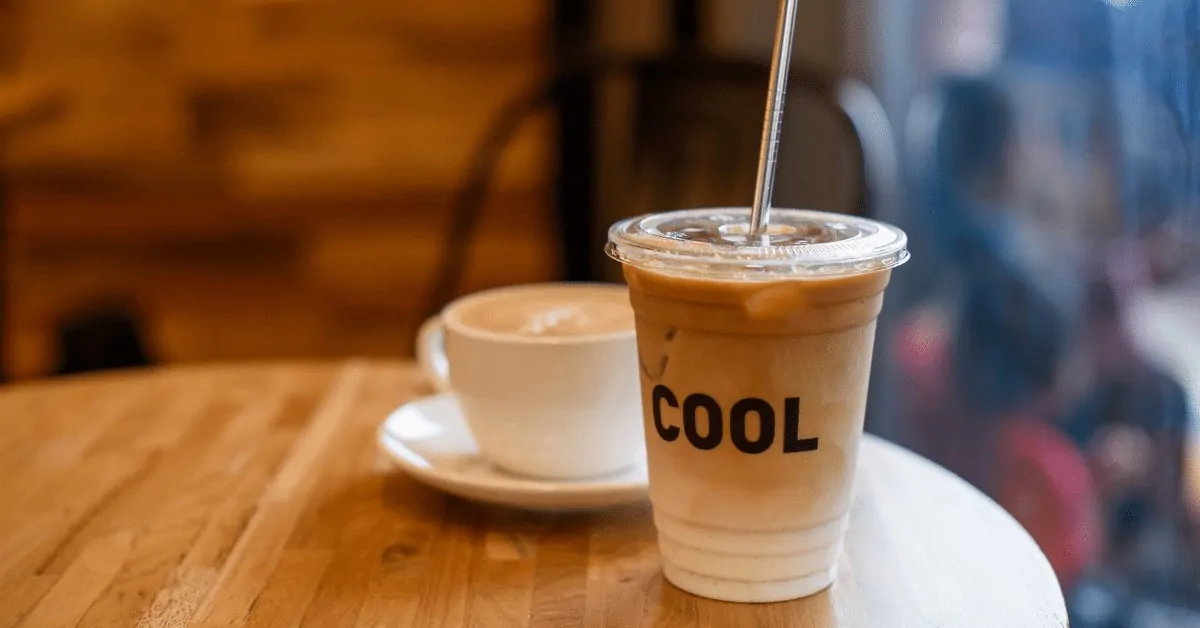What to do when your coffee tastes sour? Find out the main reasons for your coffee being sour and how to easily fix these problems.
Looking forward to your first cup of coffee for the day, only to find it sour.
Yuck.
So why does your coffee taste sour?
Well, you’ve probably made one of the simple mistakes that can alter your coffee.
Today, we’ll discuss the most common reasons why your coffee tastes sour so that it never happens again.
Let’s dive straight in.
7 Reasons for Sour Coffee and How to Fix It
Don’t worry.
More often than not, the reason for coffee’s sourness is something simple and easily fixable.
Here are the most common reasons.
Under-Extraction
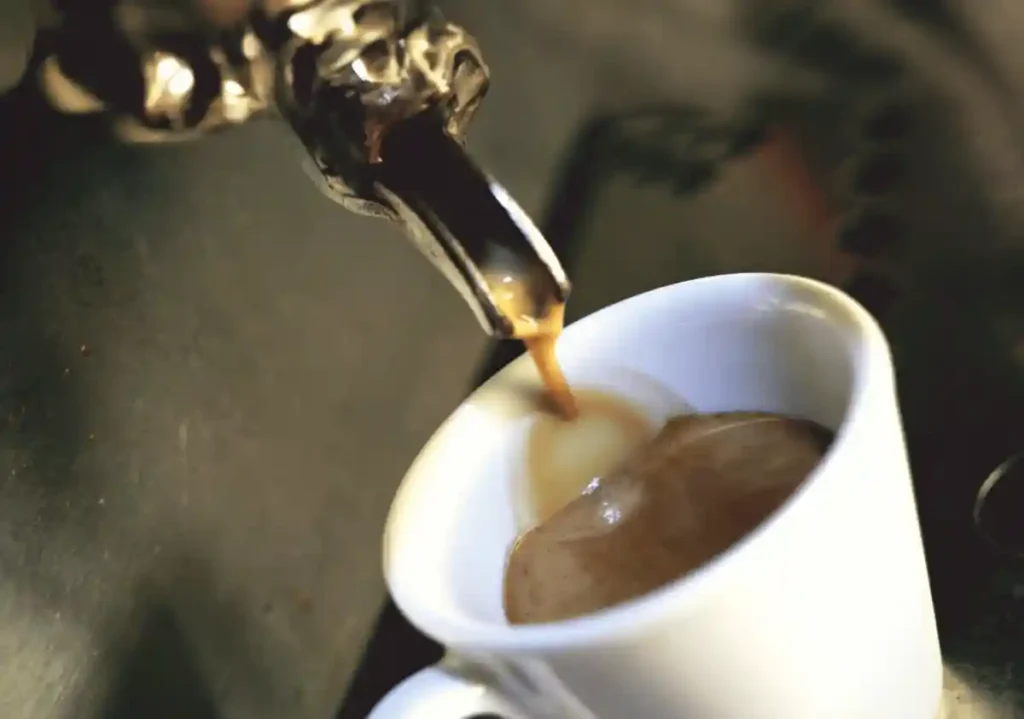
From bean to cup, coffee goes through the extraction process.
When in contact with water, coffee grounds release compounds that get dissolved and combined into the mixture. As a result, you get a freshly brewed cup of coffee.
But will that cup of coffee also taste great?
Well, that depends on the dissolved compounds. You see, coffee beans contain acids, oils, sugars, fibers, and other compounds that are responsible for how your coffee turns out to be.
As you probably know, extraction is in direct relation to brewing time. The longer the grounds are in contact with water, the more extracted your coffee will get.
So, short brewing time is the key to avoiding sour coffee, right?
Wrong. You see, different compounds actually extract at different times. Here’s the order:
- Acids
- Fats
- Sugars
- Oils
- Plant fibers
And acids are the first ones to get extracted. Coffee acids are responsible for the crisp and bright flavor profile. But without other compounds to balance the acidity, your cup will be too sour.
And if you cut the brewing time even shorter, nothing will end up in your cup.
You can’t prevent acids from dissolving in your coffee. But what you can do is balance the acidity with other compounds.
In other words, just let the coffee extract for longer.
Once sugars and coffee oils get dissolved, your brewed coffee will be much more balanced and enjoyable to drink.
IN A NUTSHELL
Give your coffee time to dissolve all the flavoring compounds. But don’t do that for too long either, as over-extracted coffee is just as bad as under-extracted one.
Brewing Time
As we already established, brewing time and extraction go hand in hand.
And I know, a shot of espresso takes only 25 seconds to brew…
But this brewing method also uses pressure, which allows the extraction to happen in such a short amount of time.
Every coffee brewing method has a rough estimate for the length of the brew.
Here’s a quick overview of the most common methods and how long they take:
| Pour over | 1-3 minutes |
| Drip coffee maker | ~5 minutes |
| French press | 2-4 minutes |
| Aeropress | 1-2 minutes |
| Moka pot | 5 minutes |
| Espresso | 25-30 seconds |
| Cold brew | 12+ hours |
Now, if you were to cut that time short, what you’d get is an under-extracted, sour cup of coffee.
So always check how long your brewing process should last.
Water Ratio
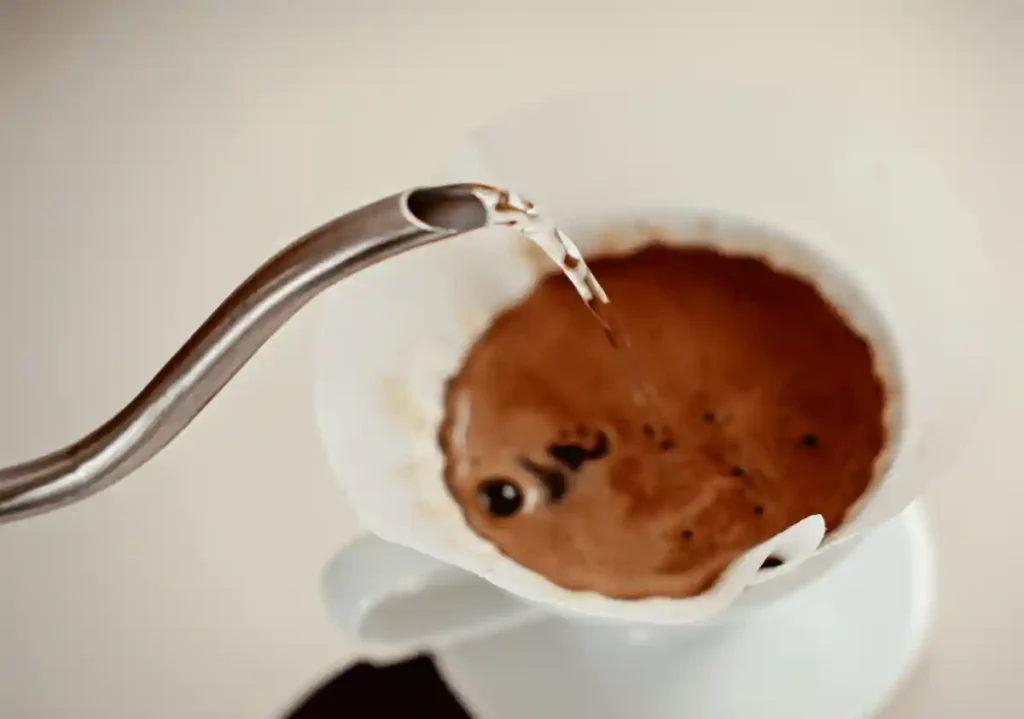
Nothing less important is the amount of water you use for making coffee.
Again, every brewing method has a recommended coffee-to-water ratio. Of course, most of them allow a bit of tweaking to suit individual coffee taste preferences.
Here are the recommended ratios for different brewing methods:
| Drip and pour over | 1:15 – 1:18 |
| French press | 1:11 – 1:17 |
| Cold brew | 1:5 – 1:8 |
| Espresso | 1:2 – 1:3 |
| Moka pot | 1:8 – 1:10 |
Adding too much or too little coffee grounds for a specific brewing method will result in a bad coffee.
And more often than not, this is one of the main reasons why your coffee might taste sour.
Water Temperature
There is such a thing as an ideal water temperature for brewing, according to the Specialty Coffee Association. It falls between 195 and 205 degrees Fahrenheit.
If you go below that, you might get a rather under-extracted sour-tasting coffee.
With the temperature above that point, on the other hand, you will end up with burnt and bitter coffee.
As you can see, the ideal temperature is just below the boiling point. So if your water starts to bubble up, it’s too hot. Let it rest for a few minutes before you start brewing with it.
If you use a coffee machine, the device will determine the right temperature for the extraction.
Some have a PID temperature control system that ensures you always get the optimal temperature for a high-quality espresso shot. But, this kind of espresso machine is quite pricey.
Of course, cold brew coffee is quite different from hot coffee. The only important thing is that the water is cold and that you left the coffee grounds steep for enough time.
The same goes for instant coffee, which will be equally delicious regardless of water temperature.
TIP
In case you brew your coffee manually, you can make sure your water is heated up to the desired temperature by using a thermometer.
Under-Roasted Beans
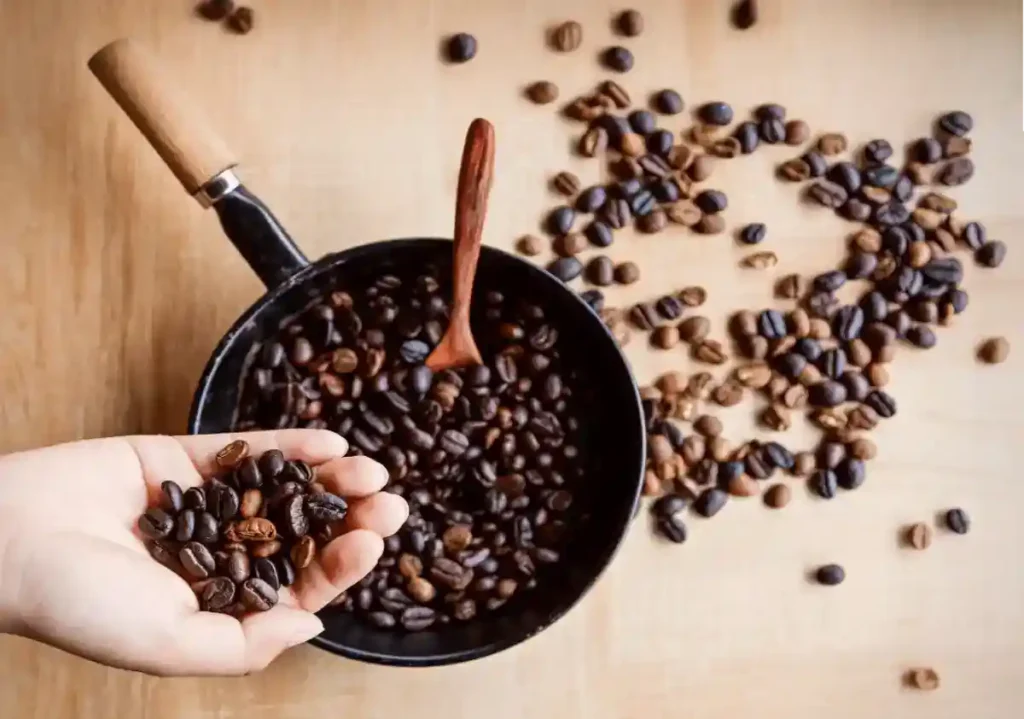
As you probably know, the coffee bean is picked green. But once the beans reach your cup, they are a specific shade of brown.
The process of roasting brings out the aroma and flavor located inside the green coffee beans, as well as the color change.
What happens with beans is the same as what happens with bacon once you put it in the pan. ????
It brings out all the juicy things from inside onto the surface, creating a lush caramelized heaven on earth. By heaven on earth, I mean both coffee and bacon, of course.
Well, roasting takes time.
If roasted lighter, coffee beans are bright, slightly tangy, and sweet.
The darker you go, the more earthy and caramel notes you get.
Why am I saying all of that?
Because one of the reasons why your coffee has a sour taste is that your beans are under-roasted.
Unfortunately, there isn’t much you can do here, aside from buying coffee beans from another manufacturer. Luckily, under-roasted beans are not that common to encounter.
In any case, dark roast beans definitely won’t be under-roasted. But they can be over-roasted, which will cause a bitter taste!
PRO TIP
If you want to be sure that you have freshly roasted coffee beans that are up to snuff in terms of roasting time, you can always roast them at home!
Stale Coffee Beans
While green, coffee beans can last a very long time. But once roasted, their surface is already exposed to oxygen. From there, it’s only a matter of time before they go stale.
Generally, you can expect coffee beans to lose their potency within 3 to 4 weeks from being roasted. Of course, the amount of time depends a lot on how you’re storing your coffee.
If the coffee beans are still in their original packaging that’s loosely open, don’t expect them to taste good.
Ideally, you should store them in an airtight container that’s made of glass, ceramic, or other material that doesn’t retain flavor.
But wait, how does one know coffee beans are stale?
Aside from a paler color, you’ll have to brew coffee and taste it to tell. If your cup of joe tastes weird and rather citrusy, that’s a clear sign the beans were stale.
Incorrect Grind Size
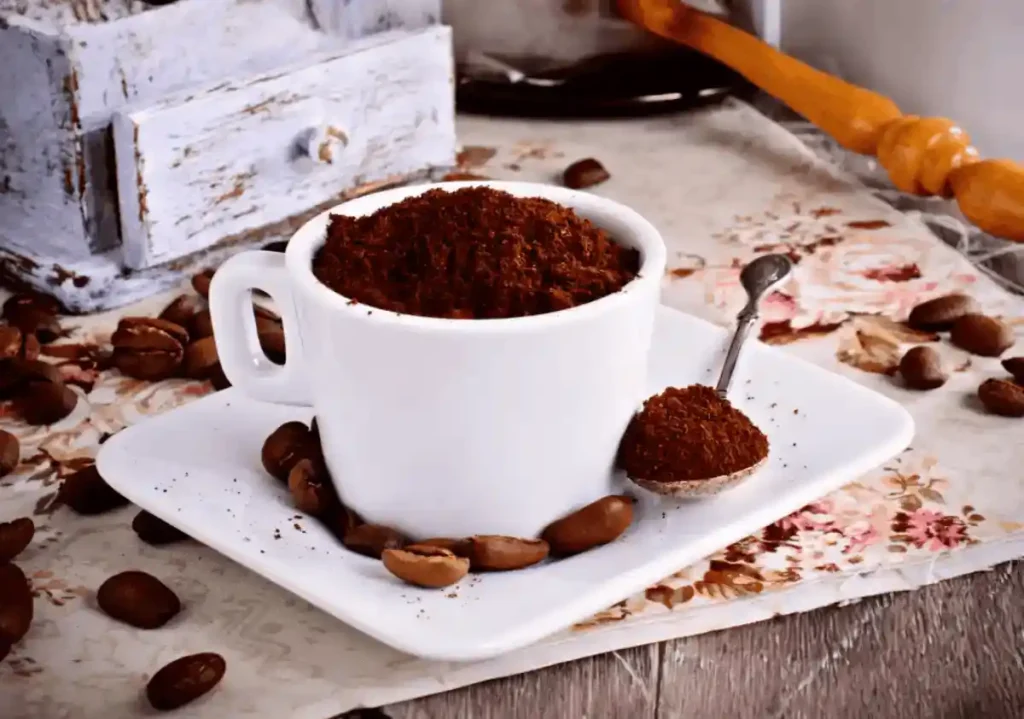
Coffee grind settings range from extra coarse for the cold brew to extra fine for Turkish coffee.
But why is that?
Well, you see, the size of the particles also affects extraction. The larger the surface, the more it takes for water to reach the center and extract all the good things.
So, one of the reasons why your coffee might have a sour flavor is that you’ve used the wrong grind size. In this case, it’s most likely that the grind was too coarse for the desired brewing method.
Just try a finer grind and your coffee will taste better.
However, if the ground coffee is too fine, you will end up with a cup full of bitterness.
Sounds like advanced math, right?
Here’s a chart to help you out when choosing the right grind size:
| Cold brew | Extra coarse |
| French press, percolator | Coarse |
| Chemex, pour over | Medium-coarse |
| Drip coffee | Medium |
| Espresso, Moka pot | Fine |
| Turkish coffee | Extra fine |
To Sum Things Up
As you can see, there are many reasons why your coffee might taste sour.
In most cases, the reason lies in under-extraction. But, that happens because of other factors, such as water temperature, brew time, or grind size.
Luckily, all that is easy to fix, and your next cup of coffee can taste much better.
Sour coffee made you nauseous? Here’s our guide on what to do in that case.


